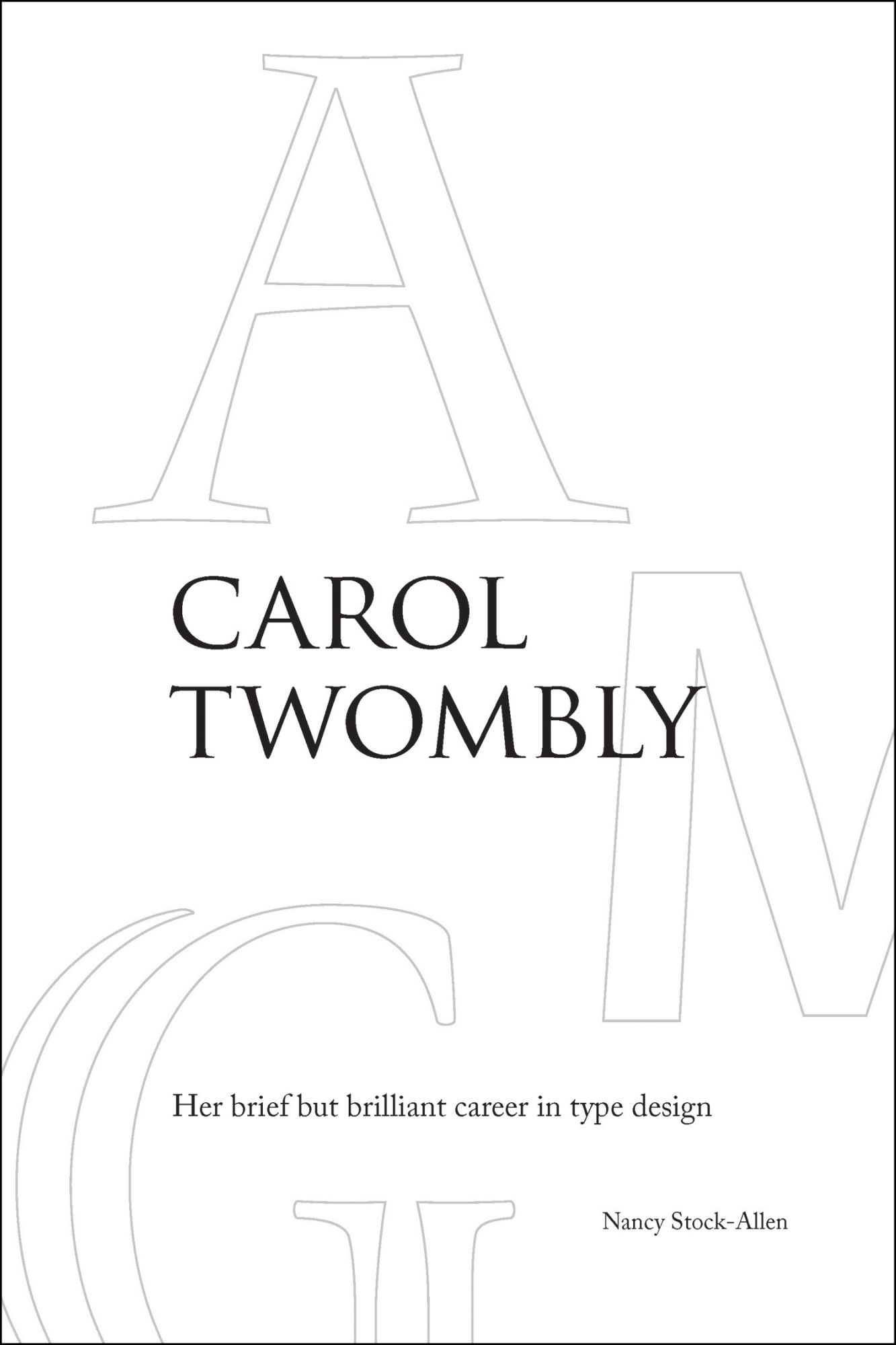The Women’s Print History Project is a database that collects in one place information about British women’s writing, editing, publishing, printing, bookselling, and other contributions to the print trade in the “long eighteenth century” (in this case, 1750-1830). Built by a team of more than twenty people under the leadership of Michelle Levy and Kandice Sharren and funded by an SSHRC Insight Grant and Simon Fraser University, the database pulls together extensive bibliographical information from print, online, and developing sources. It is thus a much-needed centralized search for a territory that has been enriched in recent years by specialized projects covering different aspects of this historical archive.
Tag: women
Soledad Acosta de Samper Digital Library. University of Los Andes: 2019.
Coordinated by Dr. Carolina Alzate, in association with the University of Los Andes and the National Library of Colombia, the Soledad Acosta de Samper Digital Library (Biblioteca Digital Soledad Acosta de Samper, in Spanish) is a Spanish-language project that seeks to provide open access to the complete works of Colombian author Soledad Acosta de Samper (1833-1913). Now recognized as one of that nation’s most important authors, Acosta de Samper was all but forgotten until Hispanic female scholars such as Monserrat Ordóñez awakened a renewed interest in her writings during the 1980s. Thanks to these efforts, Acosta de Samper is now appreciated for her remarkable literary prolificacy and ardent advocacy of women’s education and equal rights during a time when women were typically relegated to a supporting role in Colombian society. The author’s works were digitized in 2013 as part of the Colombian Ministry of Culture’s “Year of Soledad Acosta de Samper” celebrations, and the Soledad Acosta de Samper Digital Library organizes those products of her rich intellectual life into an easy-to-navigate website.
Nancy Stock-Allen, Carol Twombly: Her Brief but Brilliant Career in Type Design
Nancy Stock-Allen’s book is an unapologetic homage (“Her brief but brilliant career in type design” is the subtitle) to the work of type designer Carol Twombly, whose career bridged the critical moment that typography moved from cold type (photo-based creation and capture that never successfully found its legs) to digital. Adobe Systems, where Twombly worked, was the epicenter of early type development for the digital age. At the time of her entry into professional life, Twombly was one of the very few visible women working in type design. ☛ ☞
Agatha Beins, Liberation in Print: Feminist Periodicals and Social Movement Identity
Agatha Beins. Liberation in Print: Feminist Periodicals and Social Movement Identity. Athens: University of Georgia Press, 2017. 240p., ill. ISBN…
Lori Merish, Archives of Labor: Working-Class Women and Literary Culture in the Antebellum United States
Lori Merish’s Archives of Labor: Working Class Women and Literary Culture in the Antebellum United States is an ambitious work that recovers texts by and about women, labor, and working-class experience. Merish examines texts that consider a diversity of women, including “Lowell mill women, African American ‘free laborers,’ Mexicana mission workers, urban seamstresses, and prostitutes” (10). This book both performs the work of recovering texts left out of literary history and analyzing the subject positions of the diverse women represented in them. Moreover, it approaches class and labor from many critical perspectives, including Jameson’s dialogical framework and identity-focused theoretical paradigms from gender and sexuality studies, race, class, and disability studies.





